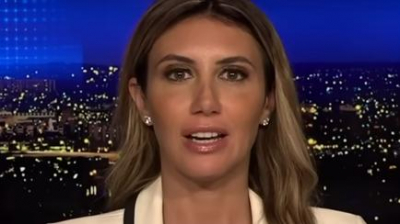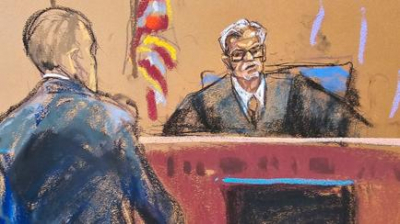Insights from the Courtroom and Beyond, Delving into Social Media and Child Safety
In the heart of Australia's socio-political landscape, recent events have ignited debates, shedding light on nuanced issues concerning rhetoric, racism, and the digital realm's potential hazards. Let's delve into the intricacies surrounding Pauline Hanson's recent remarks and the imperative discussion on safeguarding children in the age of social media.
In a recent court session, Pauline Hanson, a prominent figure in Australian politics, found herself at the center of a heated debate. Accused of racial insensitivity, Hanson's defense argued that her statements were not rooted in racism but rather served as rhetorical devices. This contention underscores the fine line between free speech and discrimination, prompting a deeper reflection on the power and implications of political rhetoric in contemporary discourse.
As the courtroom drama unfolds, another pressing concern emerges in the realm of digital citizenship: the risks associated with sharing photos of children on social media platforms. With the proliferation of smartphones and social networking sites, the online landscape has become a virtual playground for sharing life's moments. However, amidst the allure of connectivity lies the lurking threat of child exploitation and abuse.
Parents, guardians, and digital citizens alike are urged to exercise caution and mindfulness when sharing images of minors online. Beyond the realm of innocent snapshots, each upload carries the potential for misuse and exploitation. It's not merely a matter of privacy but a question of safeguarding the most vulnerable members of our society.
In light of these developments, it becomes imperative to foster a culture of responsible digital engagement. This involves not only understanding the nuances of language and rhetoric but also embracing a proactive approach to digital safety and ethics. Whether in the corridors of power or the depths of cyberspace, each individual plays a pivotal role in shaping the narrative and ensuring a safer, more inclusive future for all.
The intersection of rhetoric, racism, and digital safety underscores the complexity of contemporary societal challenges. Pauline Hanson's case serves as a poignant reminder of the power dynamics inherent in political discourse and the need for nuanced interpretations of language and intent.
Moreover, the discussion on child safety in the digital age calls for heightened awareness and proactive measures. As technology continues to evolve, so too must our understanding of its implications, especially concerning the welfare of minors. Safeguarding children online demands a collective effort, involving not only parents and guardians but also policymakers, educators, and tech companies.
In essence, navigating these multifaceted issues requires a holistic approach—one that prioritizes empathy, critical thinking, and ethical engagement. By fostering a culture of responsible communication and digital citizenship, we can strive towards a more inclusive and secure society for generations to come.








João Amorim: Rising Star in Football (Born 1991)
Moscow attack on Slovakia
Revolution in the Online World: The Promise of the New Website Accents
RUPABLIC: Unveiling the Next Frontier of Digital Entertainment
Embracing the Dawn of a New Era: The Transformative Power of the New AGE Portal
MINCOMPRIMAT: Revolutionizing Business Dynamics with a Futuristic Platform
Revolutionizing Media: The Rise of RU Media
Revolutionizing News Consumption: The Impact of RSN in the Media Landscape